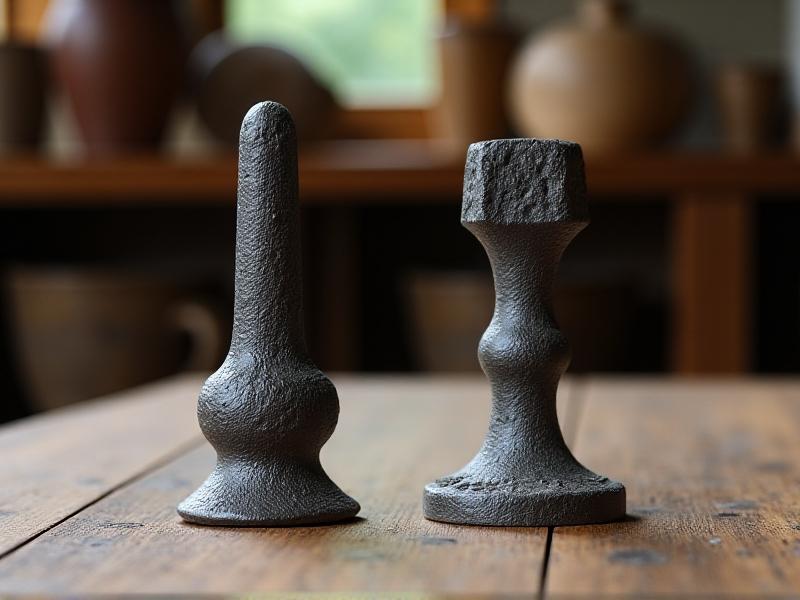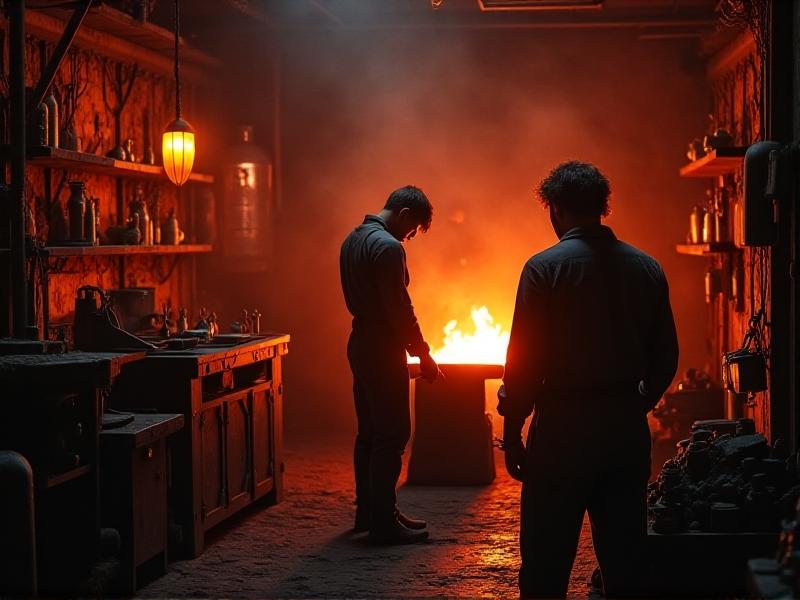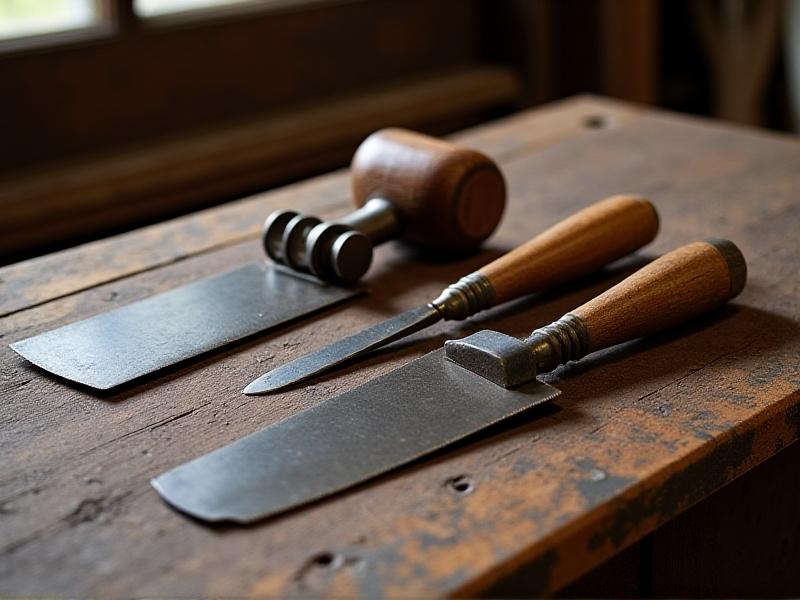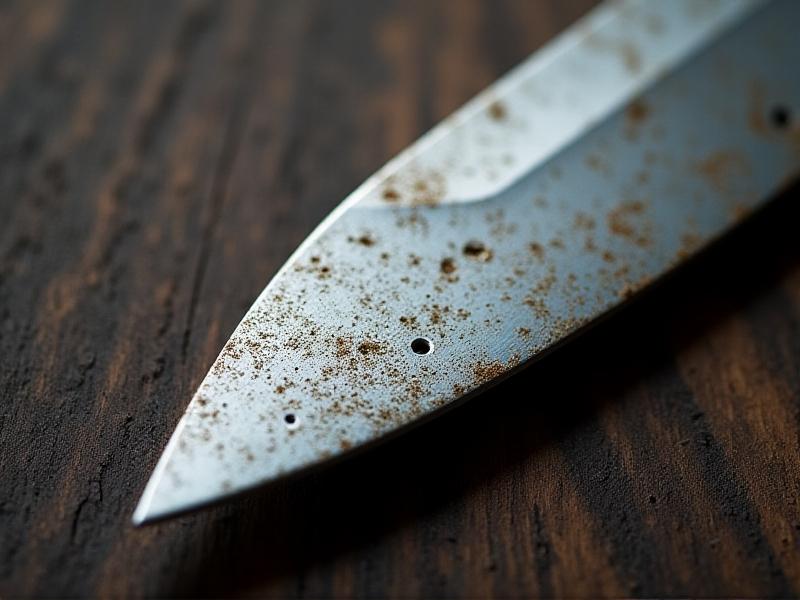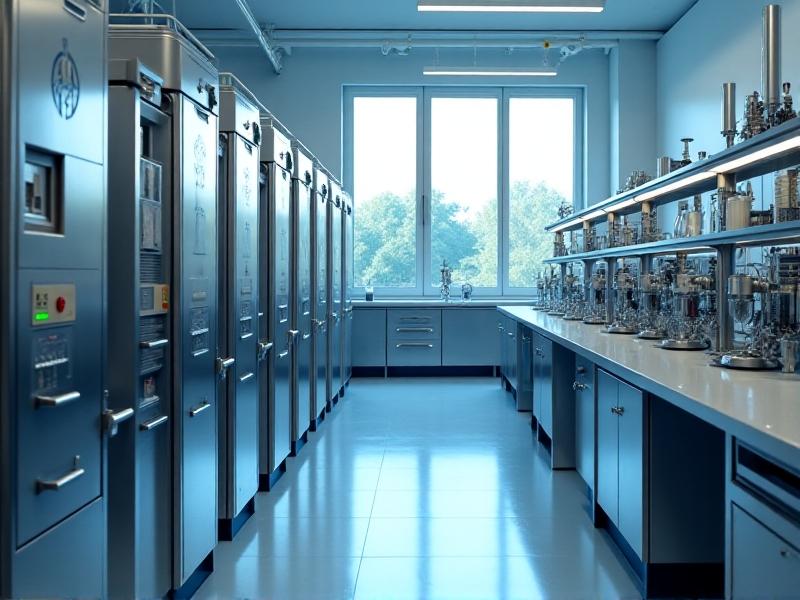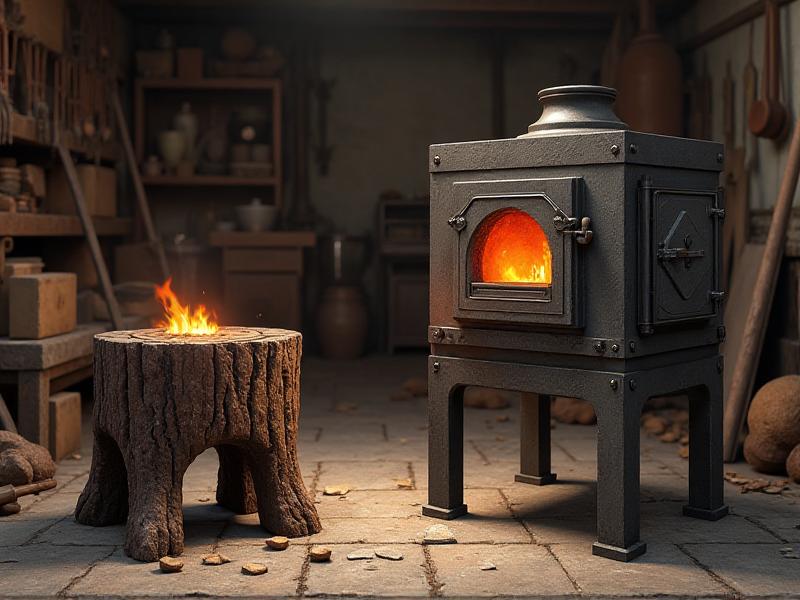Heat-Treating Damaged Hammer Faces
Understanding the Importance of Heat-Treating Hammer Faces
Heat-treating is a critical process in the maintenance and restoration of tools, particularly hammer faces. Over time, hammer faces can become damaged due to repeated impact, improper use, or exposure to harsh conditions. Heat-treating not only restores the structural integrity of the hammer face but also enhances its durability and performance. This process involves heating the metal to a specific temperature and then cooling it in a controlled manner to achieve the desired hardness and toughness. Understanding the science behind heat-treating can help you appreciate its significance in tool maintenance and ensure that your hammers remain in top condition for years to come.
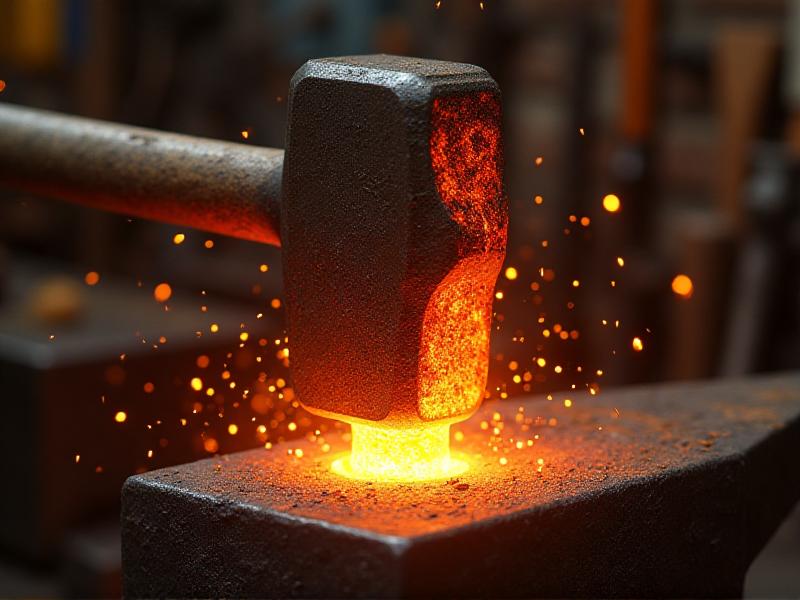
Identifying Damage in Hammer Faces
Before you can begin the heat-treating process, it's essential to identify the type and extent of damage to the hammer face. Common issues include chipping, cracking, and deformation. Chipping often occurs when the hammer is used on materials harder than itself, while cracking can result from repeated stress or improper use. Deformation, on the other hand, may be caused by excessive force or overheating. Carefully inspect the hammer face for any visible signs of damage, and consider the tool's history of use. Proper identification of the damage will guide you in selecting the appropriate heat-treating method and ensure that the restoration process is effective.
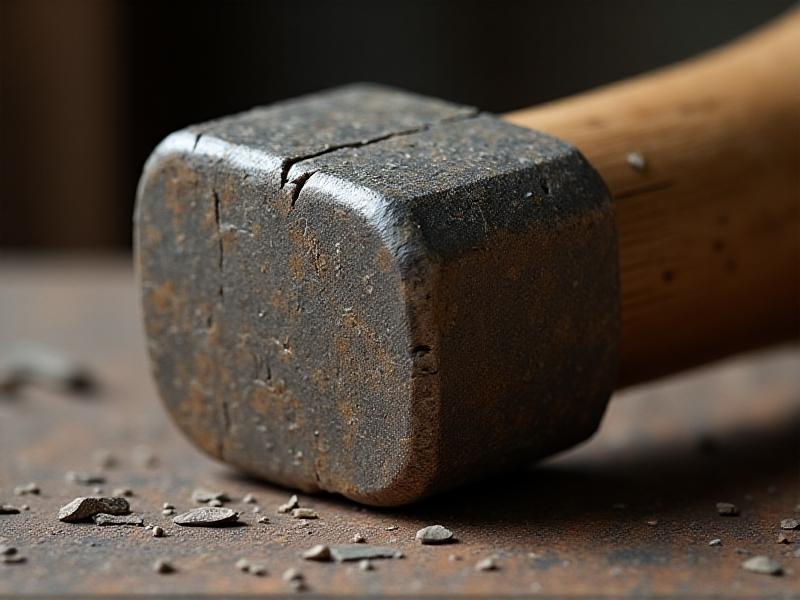
Preparing the Hammer Face for Heat-Treating
Preparation is a crucial step in the heat-treating process. Start by cleaning the hammer face thoroughly to remove any dirt, rust, or debris. Use a wire brush or sandpaper to achieve a smooth, clean surface. Next, inspect the hammer for any deep cracks or structural weaknesses that may require welding or other repairs before heat-treating. Once the hammer face is clean and repaired, it's essential to protect the handle from heat damage. Remove the handle if possible, or wrap it in a heat-resistant material. Proper preparation ensures that the heat-treating process is effective and that the hammer is restored to its optimal condition.
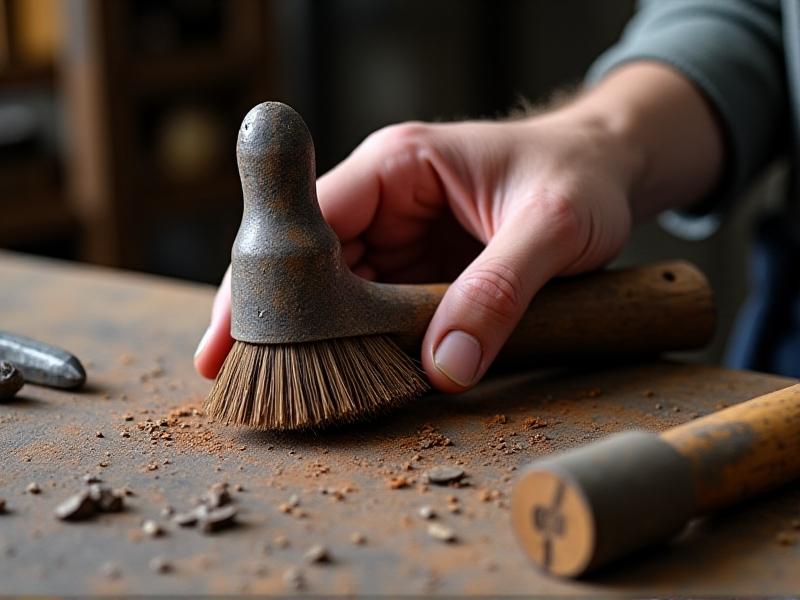
The Heat-Treating Process: Step-by-Step
The heat-treating process involves several key steps to restore the hammer face's hardness and durability. Begin by heating the hammer face in a forge or furnace to a specific temperature, typically between 1,500 and 1,600 degrees Fahrenheit. The exact temperature depends on the type of metal used in the hammer. Once the desired temperature is reached, hold the hammer at that temperature for a predetermined amount of time to ensure even heating. Next, quench the hammer in a suitable medium, such as oil or water, to rapidly cool the metal and achieve the desired hardness. Finally, temper the hammer by reheating it to a lower temperature to reduce brittleness and improve toughness. This step-by-step process ensures that the hammer face is restored to its optimal condition.
Post-Treatment Inspection and Maintenance
After completing the heat-treating process, it's essential to inspect the hammer face for any signs of distortion or incomplete treatment. Use a file or hardness tester to check the surface for uniform hardness. If any areas are softer or harder than desired, additional heat-treating may be necessary. Once the hammer face passes inspection, reattach the handle if it was removed, and apply a protective coating to prevent rust and corrosion. Regular maintenance, such as cleaning and oiling, will help extend the life of the hammer and ensure that it remains in top condition. Proper post-treatment inspection and maintenance are crucial for achieving long-lasting results.
Common Mistakes to Avoid in Heat-Treating
Heat-treating is a precise process that requires careful attention to detail. Common mistakes include overheating the metal, which can lead to excessive brittleness, and underheating, which may result in insufficient hardness. Another common error is improper quenching, where the cooling medium is not suitable for the type of metal, leading to uneven hardness or cracking. Additionally, failing to temper the hammer after quenching can result in a tool that is too brittle for practical use. Avoiding these mistakes requires a thorough understanding of the heat-treating process and adherence to best practices. By following the correct procedures, you can ensure that your hammer face is restored to its optimal condition.
Benefits of Heat-Treating Damaged Hammer Faces
Heat-treating damaged hammer faces offers numerous benefits, including restoring the tool's structural integrity, enhancing its durability, and improving its performance. By carefully heating and cooling the metal, you can achieve the desired hardness and toughness, making the hammer more resistant to wear and tear. Heat-treating also allows you to repair minor damage, such as chips and cracks, without the need for costly replacements. Additionally, a properly heat-treated hammer is less likely to fail during use, reducing the risk of injury and ensuring a safer working environment. The benefits of heat-treating make it an essential process for maintaining and restoring tools.
Conclusion: The Value of Proper Heat-Treating
Heat-treating damaged hammer faces is a valuable skill that can extend the life of your tools and improve their performance. By understanding the process, identifying damage, and following best practices, you can restore your hammers to their optimal condition. Proper heat-treating not only enhances the durability and toughness of the hammer face but also ensures a safer and more efficient working environment. Whether you're a professional tradesperson or a DIY enthusiast, mastering the art of heat-treating is a worthwhile investment that will pay dividends in the long run.
